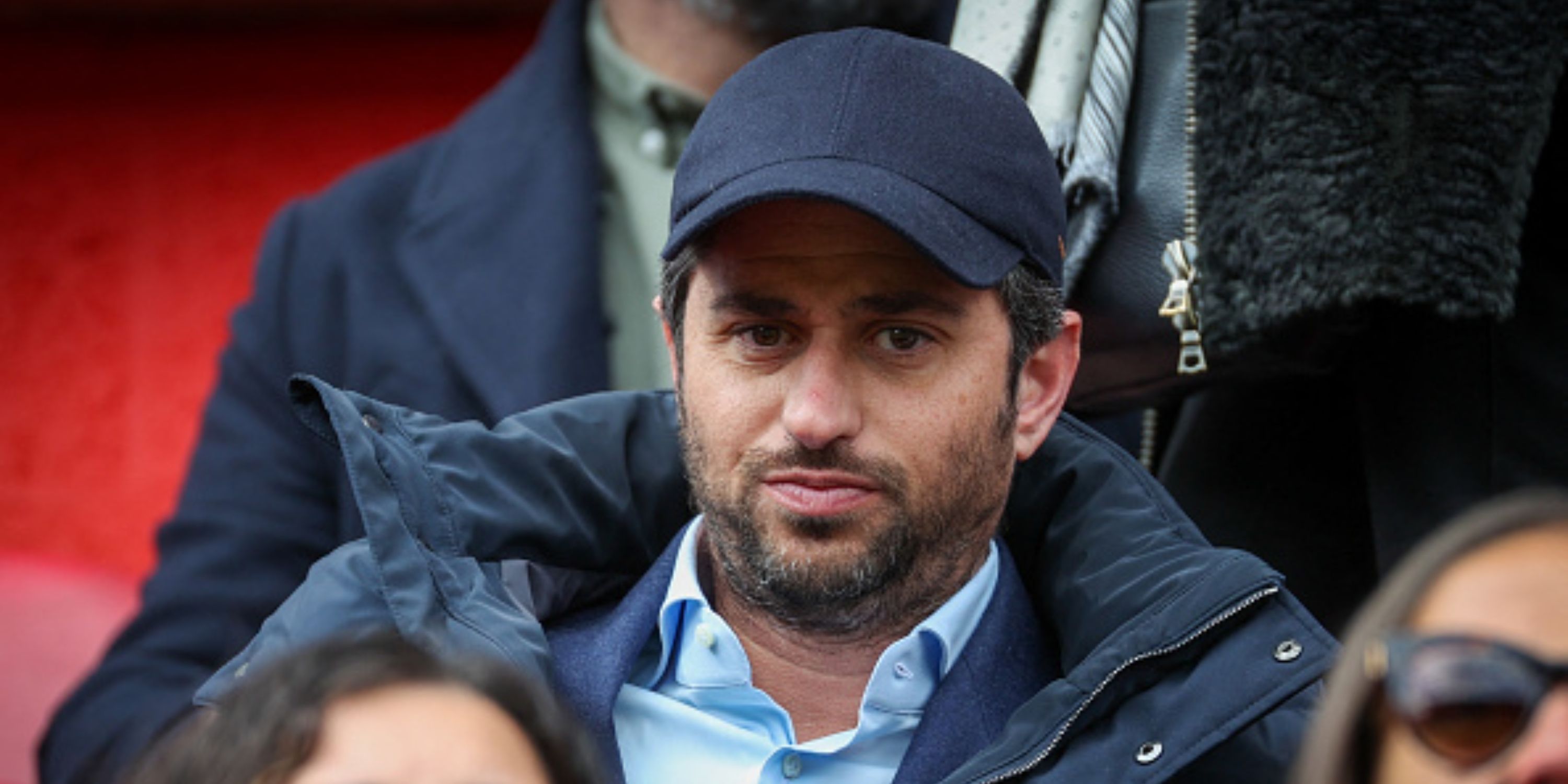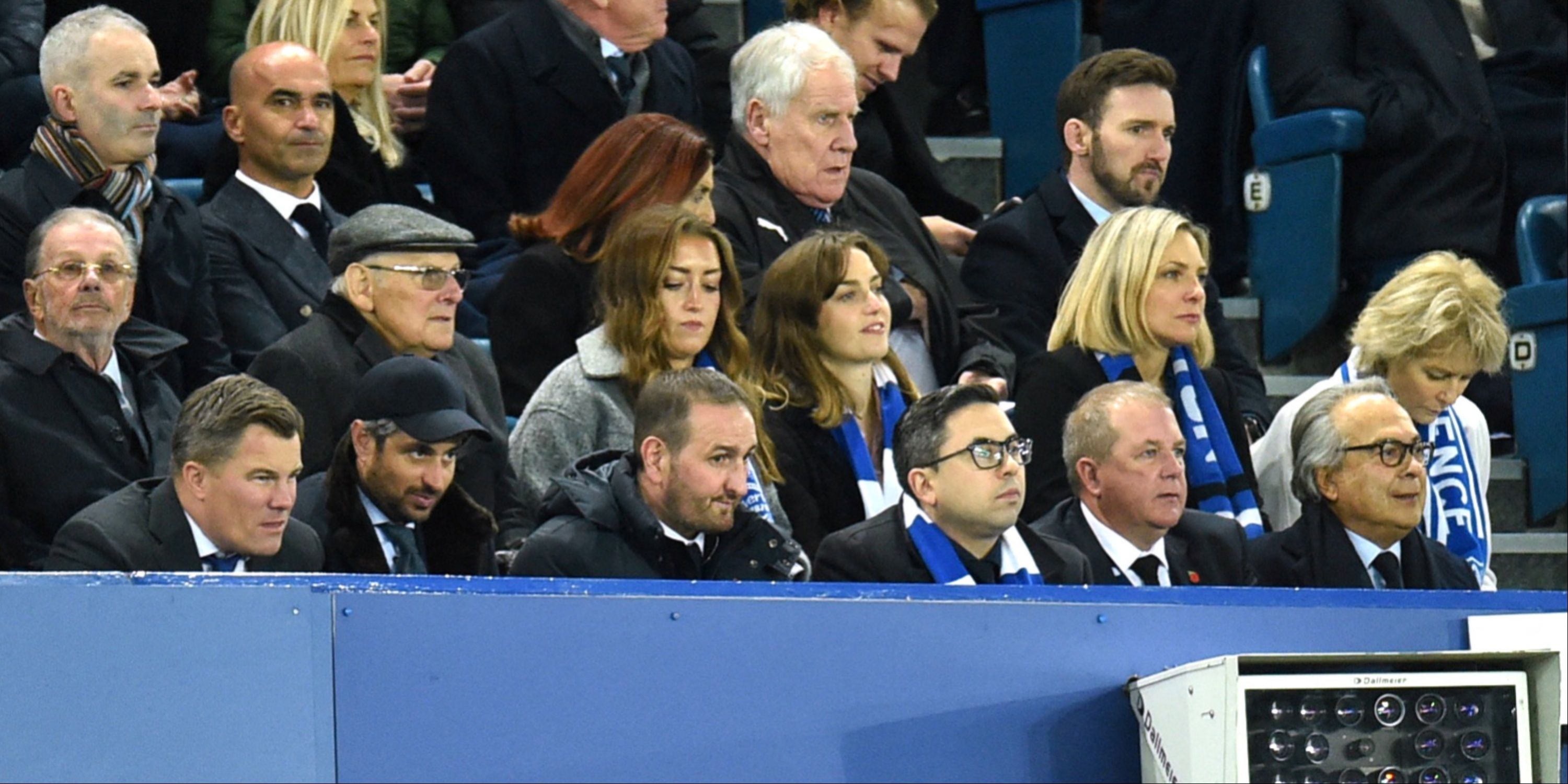
Highlights
- Everton’s new stadium on Bramley-Moore Dock is set to open for the 2025/26 season.
- Plans for the stadium have been in motion for several years but there have been a series of setbacks and hurdles as it heads closer to its launch date.
- GIVEMESPORT now reveals everything you need to know about Everton’s new stadium and the latest developments surrounding it.
Everton plan to move into their new stadium on Bramley-Moore Dock for the start of the 2025/26 season. Plans to build the new ground were first set in motion in 2017 and everything is now on schedule for completion, with the ground expected to open in 2025.
Talks of moving to a new stadium began as early as 1996, but with several plans suggested and eventually scrapped during the 2000s, it was the arrival of Iranian billionaire Farhad Moshiri as owner in 2016 that set the wheels in motion. Within a year, the Bramley-Moore Dock had been identified as the perfect location for the new stadium and the process continued from there.
Construction first broke ground in August 2021 and is estimated to have cost around £500m in total. This article contains everything you need to know about Everton’s new stadium.
Timeline
|
Date |
Event |
|---|---|
|
March 2016 |
Farhad Moshiri becomes Everton owner and immediately pledges to tackle the club’s stadium issue. |
|
January 2017 |
Chairman Bill Kenwright reveals at an Annual General Meeting that Bramley-Moore Dock is the preferred site for Everton’s new stadium. |
|
March 2017 |
Everton’s Land Purchase Agreement of the Bramley-Moore site is sealed at an estimated cost of £22.5m and the club agreed a deal with Liverpool council for their support in building the net stadium. |
|
November 2017 |
Everton signed an agreement to secure a 200-year lease on the Bramley-Moore site. |
|
August 2018 |
The Toffees name Colin Chong as Stadium Development Director. Chong would become interim CEO of the football club in June 2023. |
|
February 2019 |
Everton’s stadium proposal is given ‘more than a vote of confidence’ in the first public consultation process with 94% of more than 20,000 respondents agreeing the site was appropriate for the new stadium. |
|
July 2019 |
Stadium architect Dan Meis’ designs for the stadium are unveiled by the club for the first time. |
|
November 2019 |
Everton receive major public backing in the second stage of their public consultation process as well as overwhelming support from a supporters’ survey on the club’s new stadium proposal as well as their plans for the Goodison legacy project. They received 43,000 responses with 96% wanting the project to continue. |
|
December 2019 |
Everton reveal their final designs and submitted their planning application to Liverpool City Council. |
|
July 2020 |
It’s announced that Everton are expected to receive planning approval by October as part of the city’s post-COVID-19 Economic Recovery Plan. |
|
February 2021 |
Liverpool City Council officially approves Everton’s proposal. |
|
August 2021 |
Everton officially broke ground on Bramley-Moore dock and construction gets underway. |
|
October 2021 |
The in-fill and piling processes on the dock get underway. |
|
March 2022 |
The fourth corner of Everton’s stadium is installed, which is hailed as a ‘huge milestone’ by Project Engineer David Jackson. |
|
March 2023 |
The Everton Way feature is announced by the club, which gives supporters the chance to have their names engraved on stones that will make part of a walkway to the ground. |
|
April 2023 |
The FA confirmed Everton Stadium as part of the UK and Ireland bid to host Euro 2028. |
|
October 2023 |
The FA’s bid to host Euro 2028 is successful, confirming that Everton Stadium will be one of the grounds that host matches at the tournament. Later that month, the roof of the stadium is officially completed and the first seats are installed. |
|
December 2023 |
It’s officially confirmed by the club that Everton will move into their new stadium at the beginning of the 2025/26 season, as opposed to midway through the 2024/25 campaign. |
|
February 2024 |
Plans for a naming partner for the stadium have made ‘good progress’ after a thorough global process. Later that month, the 1,988th and final concrete terracing panel was installed, completing the structural work within the bowl. |
Stadium design
Everton’s stadium will be a bowl stadium constructed out of brick, steel and glass that straddles the River Mersey. This design was intended to take inspiration from the maritime buildings in the surrounding dock area. The brick base of the stadium incorporates a pattern that honours Goodison Park architect Archibald Leitch’s iconic cross latticework which adorns the Bullens Road stand of the ground.
The stadium also boasts a dynamic roof structure made of steel and glass, giving it a modern appearance. Architect Dan Meis has stressed throughout the project how vital it is that supporters feel as close to the action as possible in the new ground. As such, the stands have been built steeply, giving the stadium as intimate a feel as possible. The South Stand has been designed to be particularly steep and will contain 13,000 seats as well as safe standing areas, in a nod to Borussia Dortmund’s iconic ‘Yellow Wall’ at Signal Iduna Park.
The Fan Plaza will be situated to the east of the stadium and aims to be as large as Liverpool’s Pier Head and will be the focus of pre-match and post-match activities and entertainment. The north and south orientation of the stadium will be optimal for crowd circulation on matchdays.
A guide to every Premier League club’s latest stadium plans
The latest on every Premier League club’s stadium and potential expansion plans.
Opening date
The club officially confirmed in December 2023 that they would be officially moving into the new ground at the start of the 2025/26 season, despite the fact the stadium is scheduled to be completed in the final weeks of 2024. This decision was based on commercial and logistical reasons as well as a survey sent out to all supporters, in which almost 10,000 supporters took part. The general feeling was that one full final season at Goodison Park would be the preferred choice.
The ground will be opened in 2025 and between the completion of construction and the beginning of the 2025/26 campaign, test events will be held at the new stadium to obtain a safety certificate, as well as allow Evertonians to adjust to their new home. Until then, the priority for Sean Dyche’s side on the pitch will be ensuring Everton are still a Premier League team by the time they are playing their first competitive fixture in the new stadium.
Latest developments
Interim CEO Colin Chong confirmed in an official statement in December 2023 that the stadium project is still very much on track, despite all the off-the-field turmoil the club have undergone in the last few years. Owner Farhad Moshiri confirmed in September 2023 that he was selling his 94.1% stake in the club to American Investment firm 777 partners, pending clearance of the Premier League’s ‘fit and proper’ test. In his statement, the Iranian confirmed that the club would need further investment to be able to continue financing the stadium build.
As of February 2024, 777 have provided over £160m to aid with several things, including construction costs on the new stadium. They have received the green light from the Financial Conduct Authority, but still await the Premier League’s decision on their proposed takeover bid, with reports that they’re growing frustrated with how long the league have stalled on their decision.

777 Partners now facing ‘big hurdle’ in Everton takeover process
Prospective owners 777 Partners will have to overcome a major obstacle as they look to edge closer to completing an Everton takeover
The stadium construction project continues to progress despite the upheaval within the Everton hierarchy. As of February 2024, the ground is beginning to fill with seats and the structural work within the stadium bowl has now been completed while the first terracing unit on the Western Terrace has now been installed. As the project heads into its final 12 months, Project Director Gareth Jacques said he is keen to ‘finish it in style.’
In February 2024, chief commercial and communications officer Richard Kenyon explained that the club have been making “good progress” over a naming partner for the stadium – the club had initially secured a £30m deal with USM holdings for having first refusal on it, but Alisher Usmanov’s involvement in it and the subsequent repercussions surrounding Russia’s invasion of Ukraine saw those talks break down. Now, Kenyon has said (via Liverpool World): “We are continuing to make good progress in respect of stadium naming rights as we look to secure a suitable partner to benefit from this unique opportunity. This has been an extensive global process, one which is focused on finding the right long-term naming partner for our new home.”
Given how lucrative these deals usually are every year to some of the biggest clubs, it’s no surprise the Toffees have been taking their time and doing their due diligence on getting the absolute best deal for the club going forward. Naming agreements can often span several years, so taking that extra time to secure a financially stable source of income appears a sensible approach to take.
Goodison legacy
A crucial bit of information for all Evertonians, once the ball got rolling, was what would become of Goodison Park once they moved out. The club quickly addressed this question with the launch of the People’s Project, which aimed to attain fan feedback regarding both the move to the new stadium and the legacy Goodison Park would leave behind.
In the summer of 2019, a survey was sent out to Evertonians and revealed the club’s proposals as part of the Goodison Legacy Project. The club reiterated that they would be keeping control of the site on which Goodison currently sits and planned to transform it into a mixed-use development.
Keen to build on the already stellar work done by Everton in the Community, these proposals include a commitment to build more housing, to host up to 173 residential properties, a care home, office space and commercial space. There are also plans for a multi-purpose health centre, a youth enterprise zone and sites for financial and professional services, as well as restaurants, cafes, drinking establishments and takeaways. It is hoped that the developments will lead to the creation of up to 15,000 new jobs, attract over a million visitors each year and generate approximately £237m in societal value.
The already-existing entrance gates on the south-west of the site are intended to remain intact, as well as the commemorative and memorial plaques on the boundary walls on either side and the statue of Everton’s legendary all-time greatest goalscorer, Dixie Dean. There are also plans for a green space where further tributes to the football club’s achievements at the famous old ground would be built.



Leave a Reply